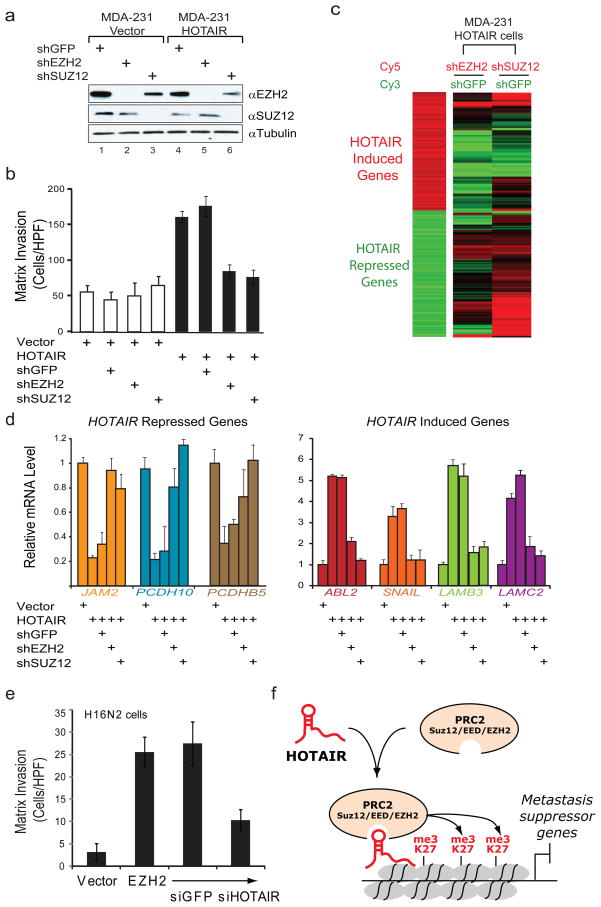Figure 4. HOTAIR-induced matrix invasion and global gene expression changes requires PRC2.
a, Immunoblot of SUZ12 and EZH2 protein levels following transduction of MDA-MB-231 vector or HOTAIR cells with retrovirus expressing a shRNA targeting either GFP, EZH2, or SUZ12. b, Matrix invasion in vector or HOTAIR cells expressing the indicated shRNA. Mean±s.d. are shown (n=3). c, (left panel) Heat map of gene with significant induction (red) or repression (green) following HOTAIR expression in the MDA-MB-231 cells. (right panel) The relative expression of the same gene list in MDA-MB-231 HOTAIR cells expressing shEZH2 or shSUZ12 (expressed as a ratio to HOTAIR cells expressing shGFP). d, qRT-PCR of a representative panel of genes in MDA-MB-231 vector or HOTAIR cells also expressing the indicated shRNA (error bars = s.d., n=3). e, Matrix invasion in the immortalized H16N2 breast epithelial line expressing vector or EZH2 as well as EZH2-expressing cells transfected with siRNAs targeting GFP or HOTAIR (error bars = s.d., n=3). f, Working model of the role of HOTAIR in breast cancer progression. Selection for increased HOTAIR expression in a subset of breast primary tumors leads to a genome-wide retargeting of the PRC2 and H3K27me3 patterns, resulting in gene expression changes that promote tumor metastasis.

